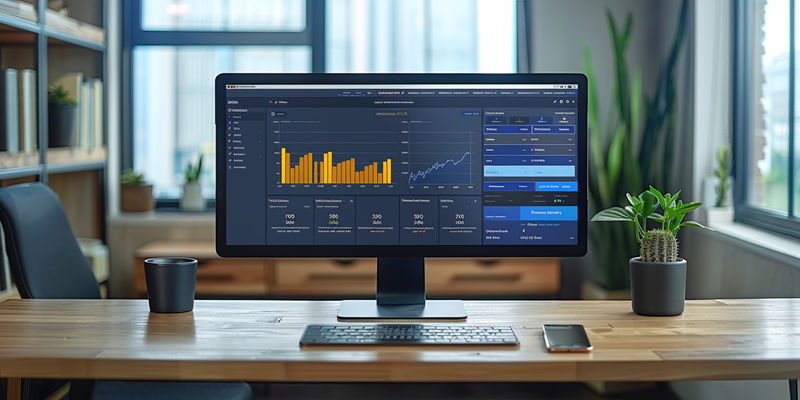The staffing sector is amidst a technological transformation, optimizing operations that once consumed extensive time and resources. At the forefront, Zoho has rolled out Workerly 2.0, a significant enhancement to its temp staffing software. This update brings a refreshed user interface alongside advanced features, directly responding to the growing needs of the temp work industry.
Workerly 2.0 promises more streamlined management of temporary jobs, boosting both efficiency and productivity for agencies. With its new suite of tools, staffing professionals can expect an improved experience, designed to keep pace with the industry’s evolving landscape. This development represents an essential stride in the digital advancement of staffing solutions, signifying Zoho’s commitment to catering to the dynamic market of temporary employment. The deployment of such innovations is critical in an era where recruitment speed and effectiveness are paramount.
Refined User Interface and Customization Options
Workerly 2.0 boasts a revamped interface that significantly improves the user experience, making the platform not only more visually appealing but also more intuitive to navigate. The modernized look corresponds with the now streamlined processes that empower staffing agencies to operate more effortlessly. The tool’s enhanced customization options are particularly noteworthy. Agencies can now personalize the platform down to the fine details, tweaking it to align with their distinctive operational protocols. By facilitating the creation of custom fields and employing Deluge Scripting language, Workerly 2.0 allows for an unmatched level of modification, ensuring that every aspect of the staffing process resonates with the agency’s unique touchpoints.
Streamlined Job Management with Roster View
Workerly 2.0 introduces an upgraded roster view feature that streamlines job management for staffing agencies. This tool offers a clear visual of open positions and worker allocations, making it simpler to match temporary workers to suitable jobs. Its value is especially felt when swift staff changes are needed, helping maintain service continuity with little disruption.
Enhanced Client and Temp Worker Engagement
The introduction of the Client Portal in Workerly 2.0 signifies a leap towards greater client autonomy and a reduction in administrative overhead for agencies. Clients can now enter job requests directly into the system, which expedites the job filling process and cuts down on potential data entry errors. Moreover, this self-service capability allows clients to review and manage timesheets, which enhances transparency and simplifies invoicing.
For temporary workers, Workerly 2.0 unleashes an efficient Temp Portal, providing them with the means to easily access job opportunities, confirm job locations through geo-tagging, and comply with timesheet protocols. This digital empowerment facilitates a seamless communication flow between workers and agencies, embodying an era where mobile technology defines interactions. Moreover, the Temp Portal streamlines administrative processes that once were tedious, thus allowing workers to focus more on their assignments.
Mobile Applications for End-to-End Management
Aiding in the comprehensive management of temporary workers, Workerly 2.0’s dedicated mobile application empowers staffing professionals to oversee their workforce from virtually anywhere. This tool is essential for on-the-fly decision-making, granting access to key data and functions outside the confines of an office. It reinforces the platform’s commitment to facilitating work conditions that are ever more mobile and dynamic.
Flexibility in Financial Adjustments
Financial management in staffing can be complex, especially when dealing with ongoing jobs subject to base rate changes. Workerly 2.0 introduces the adaptability to handle such fluctuations gracefully, offering staffing administrators the facility to modify pay rates on timesheets either retrospectively or in anticipation of changes. This flexibility ensures operational fluency while maintaining accuracy in financial reporting, a non-negotiable aspect of staffing agency credibility.
Integration with Zoho Services and Third-Party Apps
Workerly 2.0’s capability to integrate with a range of Zoho services and external applications like DocuSign and Adobe Sign is perhaps one of its most strategic enhancements. This connectivity ensures that staffing agencies can leverage a complete ecosystem for seamless operation management. Especially for smaller firms, this interoperability introduces a level of professionalism and efficiency often reserved for larger enterprises, democratizing access to high-caliber staffing management tools.

